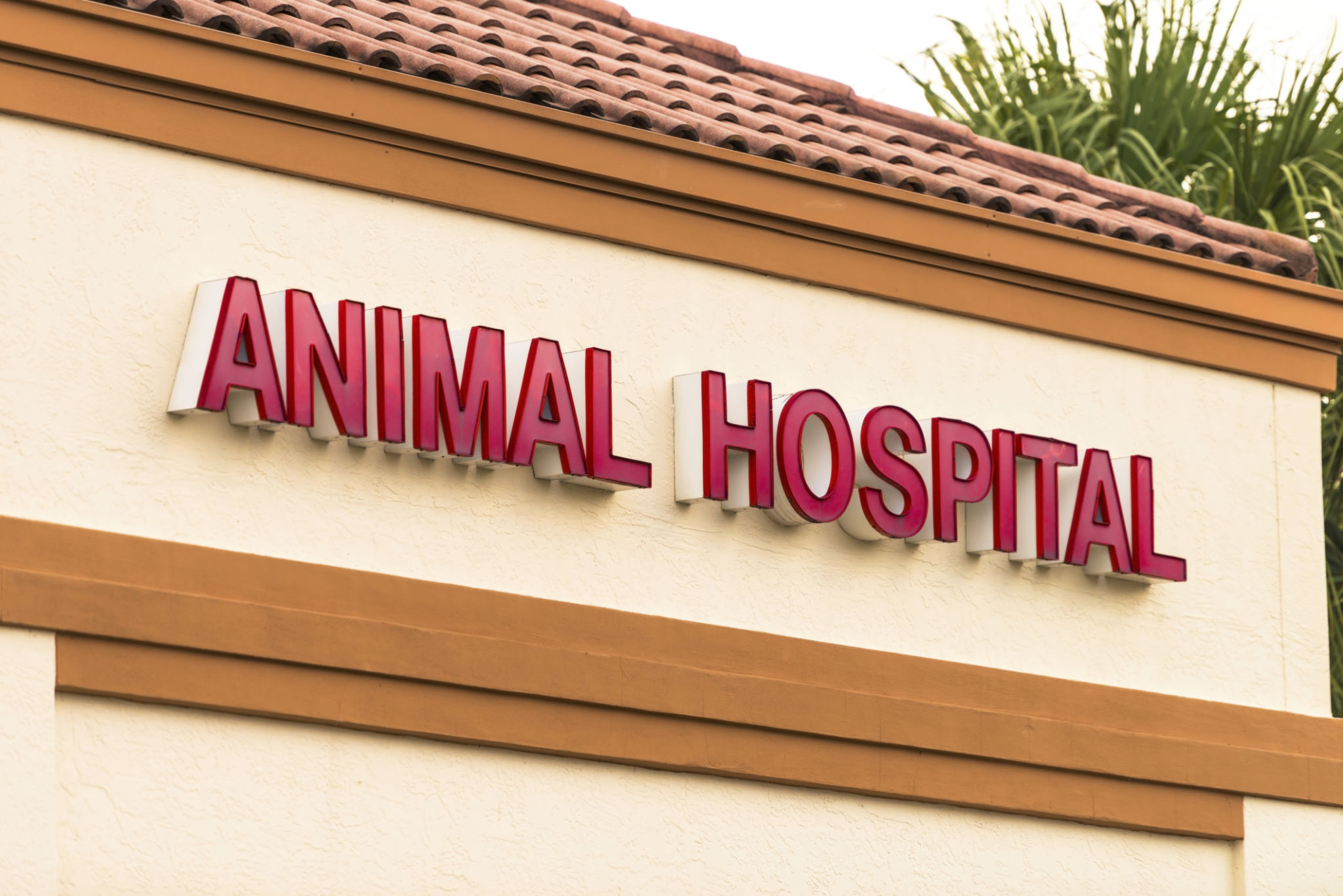Basic First Aid for Dogs: A Guide to Handling Emergencies
As a responsible dog owner, it’s essential to be prepared for emergencies. Just like humans, dogs can face injuries or medical emergencies that require immediate attention. Understanding basic first aid can make all the difference in keeping your pet safe and comfortable until professional veterinary care is available. Here’s a guide on how to handle common emergency situations, including helping a choking pet, stopping bleeding, bandaging a paw, and preparing a first aid kit.
How to Help a Choking Dog
Dogs are naturally curious and tend to chew on things they shouldn’t, which sometimes leads to choking. Signs your dog may be choking include coughing, gagging, pawing at their mouth, or difficulty breathing. Here’s how to help:
Remain Calm: Panicking will only stress your dog more.
Check the Mouth: Gently open your dog’s mouth and look for an object. If you can safely remove it with your fingers, do so carefully.
Perform the Heimlich Maneuver:For small dogs: Hold your dog with their back against your stomach, make a fist with one hand, and place it just below the ribs. Use your other hand to support your fist and apply pressure with quick, upward thrusts.
For large dogs: If they’re standing, place your arms around their belly, make a fist below the rib cage, and push up and forward in a quick motion. If they are lying down, place them on their side and apply firm pressure behind the ribs with both hands.
Visit a Veterinarian: Even if the object is dislodged, it’s essential to have your dog checked by a vet to ensure there’s no internal damage.
How to Stop Bleeding
Bleeding can occur from cuts, torn nails, or other injuries. Knowing how to control bleeding quickly is crucial:
Apply Pressure: Use a clean cloth or sterile gauze and apply firm pressure to the wound. Hold it in place for several minutes to allow a clot to form.
Elevate the Injury: If the wound is on a leg or paw, elevate it to reduce blood flow.
Use a Tourniquet (in extreme cases): If the bleeding is severe and won’t stop with pressure, use a tourniquet above the wound, but only as a last resort and loosen it every few minutes to avoid cutting off circulation entirely.
Get Veterinary Help: Once the bleeding is under control, take your dog to the vet immediately for proper treatment.
How to Bandage a Paw
Paw injuries are common, whether from stepping on sharp objects or tearing a nail. Proper bandaging can protect the wound and speed up healing:
Clean the Wound: Rinse the paw with clean water and, if necessary, use a mild antiseptic solution.
Apply an Antibiotic Ointment: Use a pet-safe antibiotic ointment on the wound to prevent infection.
Pad the Paw: Place a non-stick gauze pad over the injury, and wrap the paw with a bandage wrap. Be sure to keep it snug but not too tight, as this could restrict circulation.
Protect the Bandage: If your dog needs to go outside, consider covering the bandaged paw with a bootie or plastic bag to keep it dry and clean.
Change Bandages Regularly: Change the bandage daily or as instructed by your vet, and monitor for any signs of infection.
Making a Dog First Aid Kit
A well-stocked first aid kit is an essential part of any dog owner’s supplies. You can either purchase a pre-made pet first aid kit or create your own. Here’s what to include:
Gauze pads and bandage wraps
Antiseptic wipes or solution (make sure it's pet-safe)
Adhesive tape (pet-friendly)
Sterile saline solution (for rinsing wounds or eyes)
Tweezers (for removing splinters or ticks)
Scissors
Styptic powder or cornstarch (for stopping nail bleeding)
Digital thermometer
Pet-safe antibiotic ointment
Hydrogen peroxide (to induce vomiting in the case of poisoning, only if advised by a vet)
Muzzle (injured dogs may bite, even if they’re typically friendly)
Rubber gloves (for handling wounds)
Blanket (to keep your dog warm in case of shock)
Emergency contact numbers (including your vet and the nearest 24-hour animal hospital)

Know Where the Nearest 24-Hour Animal Hospital Is.
In any emergency, time is of the essence. Even if you manage to stabilize your dog with first aid, professional care is often necessary. This is why it’s critical to know the location of the nearest 24-hour animal hospital, especially when you’re traveling with your dog. If something happens while you’re on the road, have a list of emergency clinics along your route and be prepared to get there quickly.
Conclusion
Being prepared for emergencies with basic first aid knowledge and a well-stocked kit can be life-saving for your dog. While it’s crucial to handle emergencies calmly and quickly, professional veterinary care should always be your next step. Don’t forget to research the nearest 24-hour animal hospital before embarking on any trips with your furry friend. A little preparation today can make all the difference tomorrow.
Your dog depends on you in every situation—be their hero when they need you most.
